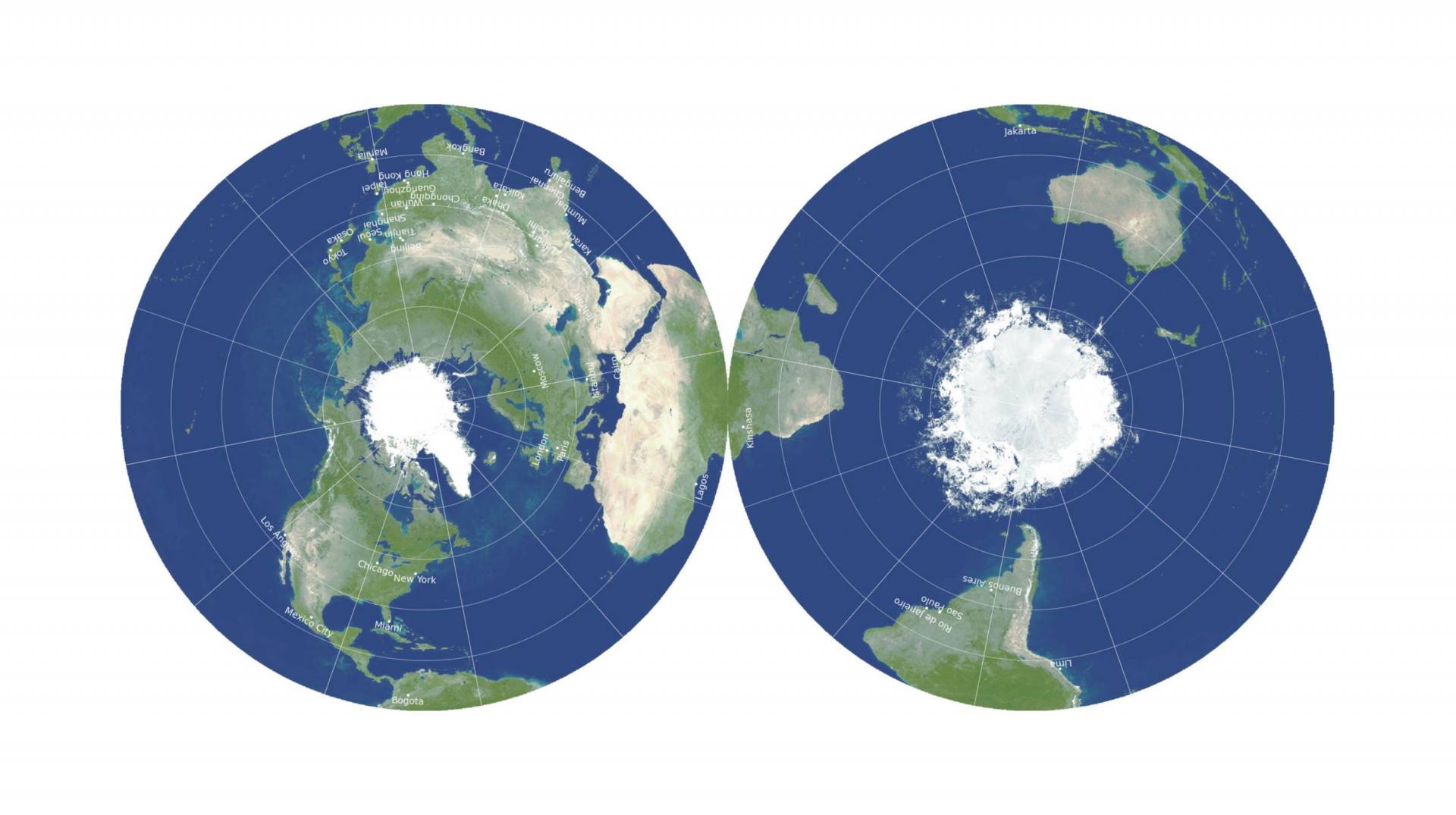Any projection is a compromise. You conserve some properties at the cost of others.
You could always start with a mercator projection. They are easy enough to make (think cylinder wrapped tightly around the 'equator' of your globe.
Or you could go with a conic projection (think cone sitting on a gloabe like a hat) which are also simple to make. Lambert conformal conics are common in aeronautical charts.
Both of these projections are used in different maps in the real world for navigation.
Edit: Go for a browse; there are plenty of different flavors https://en.m.wikipedia.org/wiki/List_of_map_projections If your using software, then you can kinda do whatever you want without worrying about how hard or easy it is to make. 😄

